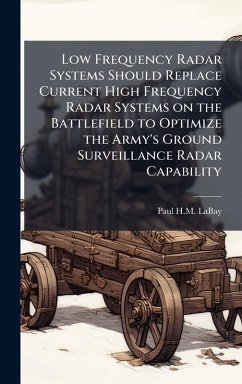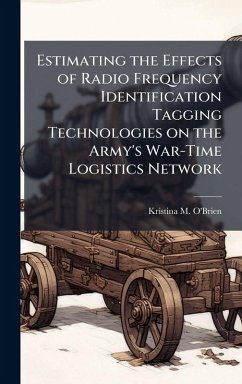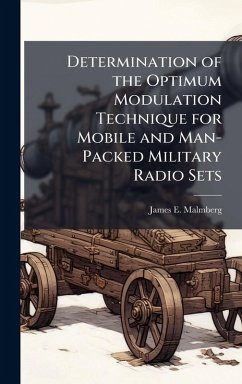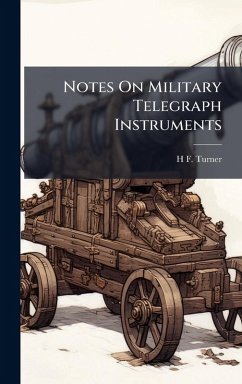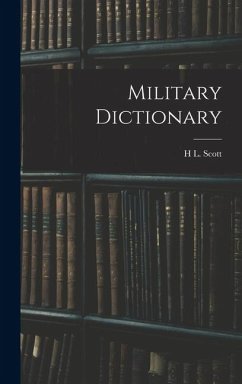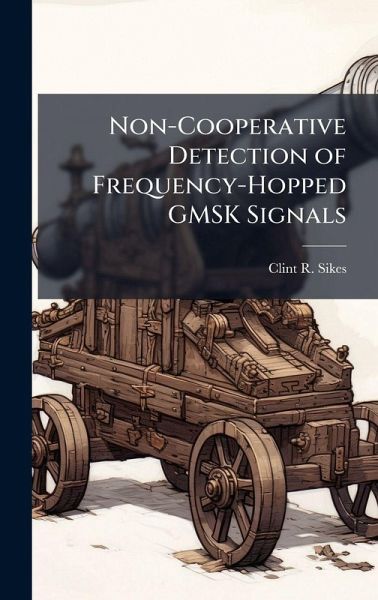
Non-Cooperative Detection of Frequency-Hopped GMSK Signals
Versandkostenfrei!
Versandfertig in über 4 Wochen
29,99 €
inkl. MwSt.
Weitere Ausgaben:

PAYBACK Punkte
15 °P sammeln!
Many current and emerging communication signals use Gaussian Minimum Shift Keyed (GMSK), Frequency-Hopped (FH) waveforms to reduce adjacent-channel interference while maintaining Low Probability of Intercept (LPI) characteristics. These waveforms appear in both military (Tactical Targeting Networking Technology, or TTNT) and civilian (Bluetooth) applications. This research develops wideband and channelized radiometer intercept receiver models to detect a GMSK-FH signal under a variety of conditions in a tactical communications environment. The signal of interest (SOI) and receivers have both f...
Many current and emerging communication signals use Gaussian Minimum Shift Keyed (GMSK), Frequency-Hopped (FH) waveforms to reduce adjacent-channel interference while maintaining Low Probability of Intercept (LPI) characteristics. These waveforms appear in both military (Tactical Targeting Networking Technology, or TTNT) and civilian (Bluetooth) applications. This research develops wideband and channelized radiometer intercept receiver models to detect a GMSK-FH signal under a variety of conditions in a tactical communications environment. The signal of interest (SOI) and receivers have both fixed and variable parameters. This work has been selected by scholars as being culturally important, and is part of the knowledge base of civilization as we know it. This work was reproduced from the original artifact, and remains as true to the original work as possible. Therefore, you will see the original copyright references, library stamps (as most of these works have been housed in our most important libraries around the world), and other notations in the work. This work is in the public domain in the United States of America, and possibly other nations. Within the United States, you may freely copy and distribute this work, as no entity (individual or corporate) has a copyright on the body of the work. As a reproduction of a historical artifact, this work may contain missing or blurred pages, poor pictures, errant marks, etc. Scholars believe, and we concur, that this work is important enough to be preserved, reproduced, and made generally available to the public. We appreciate your support of the preservation process, and thank you for being an important part of keeping this knowledge alive and relevant.



